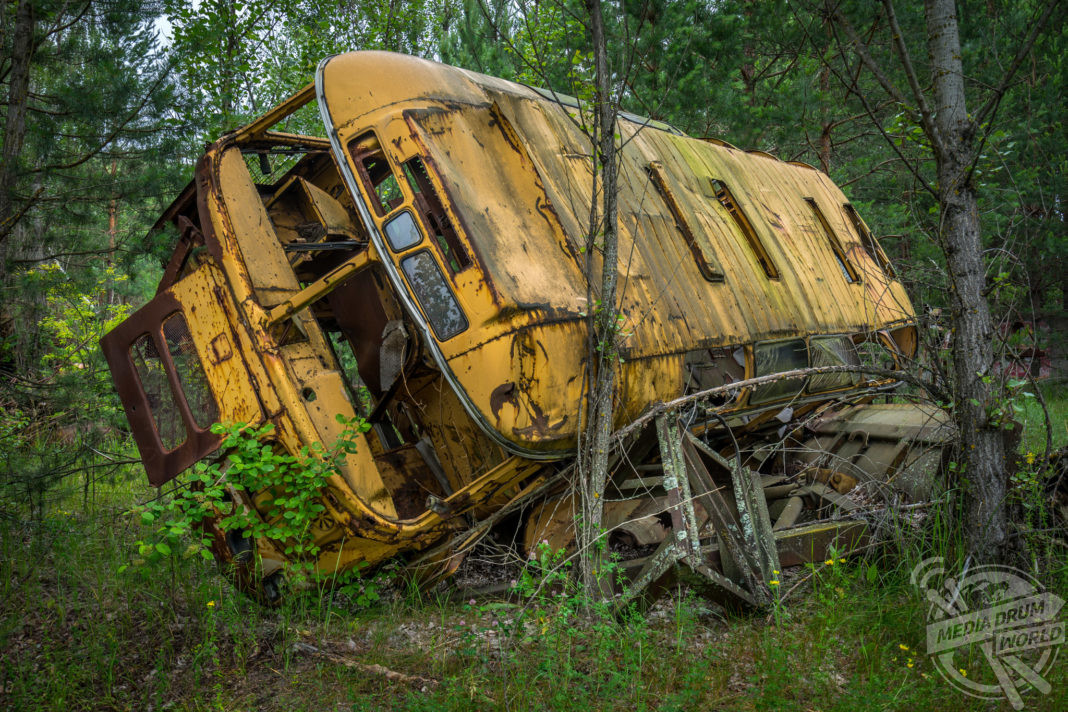By Alex Jones
UKRAINE: EERIE photos capture the past, present, and future of a ghost town evacuated following the world’s worst nuclear disaster.
Remarkable shots, some in areas seldom seen by any in the 34 years since the catastrophe, show nature assuredly reclaiming the Chernobyl power station and Pripyat as greenery blankets of the former Soviet town, a stoic 86-year-old resident who lives his life in shadow of the infamous nuclear plant, and an old doctor’s surgery, ransacked by both vandals and time.
The surreal location, which caught the world’s imagination anew in 2019 when the epic miniseries Chernobyl was released by HBO, was visited by Dutch urban explorer Roel van Wanrooy (43) who documented the remarkable nuclear wasteland – once home to tens of thousands of people.
For Roel, it was the citizens affected by the tragedy – whether they had fled or stayed, lived or died – who he wished to capture in his thought-provoking photographs.
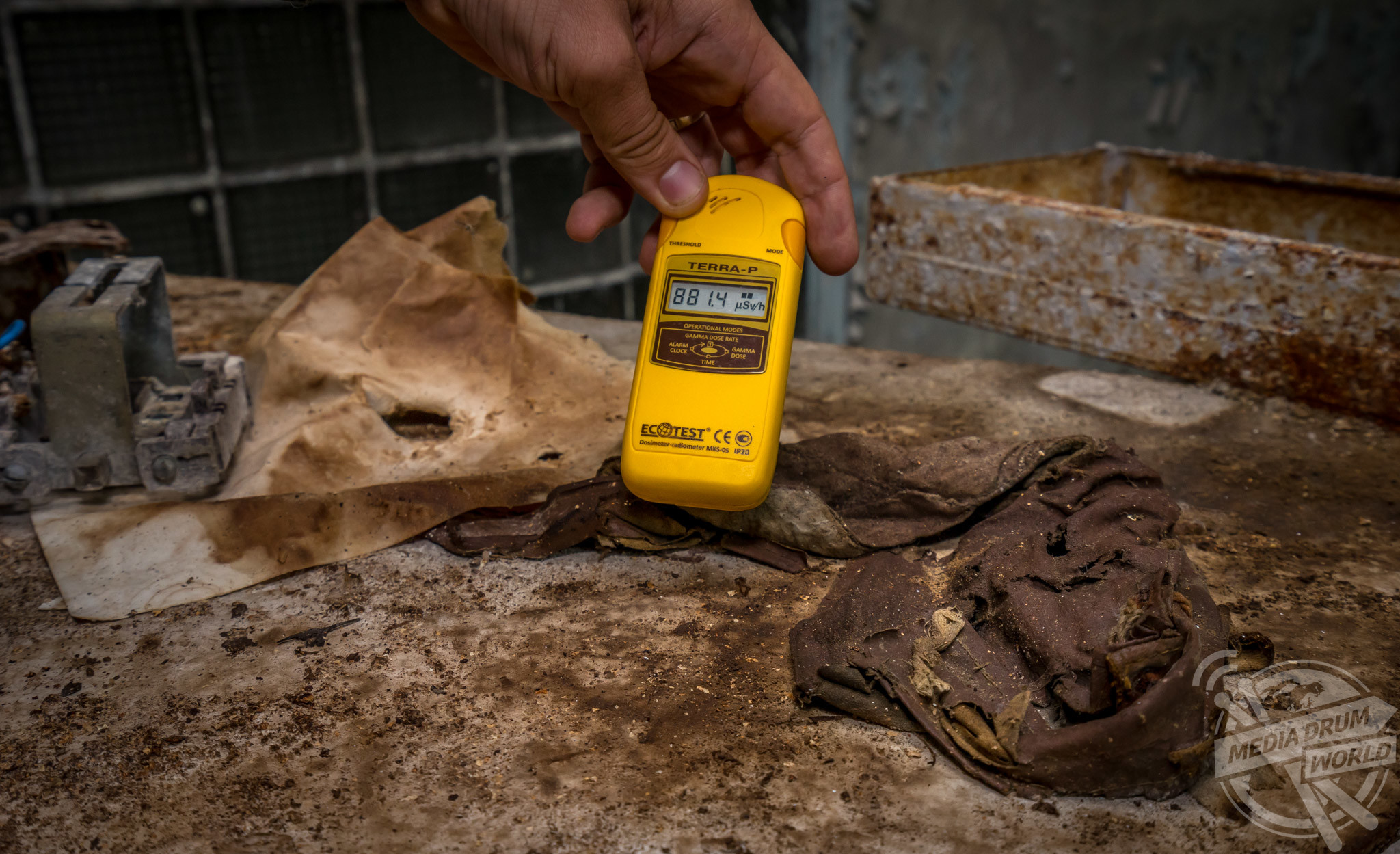
“One of my favourite photos shows an old man with his car is living in the exclusion zone,” he said.
“He is in his late eighties and went back to his old house where he grew up with his parents. He was very proud of his old car which he enjoys tinkering with and he has some cattle and some land where he grows vegetables. I was not expecting to meet anyone living there when I visited.
“It was very exciting place to be. It has been left to rot for 35 years now and parts of area will be uninhabitable for thousands of years. Only a few people which were evacuated returned because they could not get used to living anywhere else.”
The power plant and nearby town Pripyat – once home to 50,000 people – remain more or less untouched three decades after they were evacuated in the mid-80s.
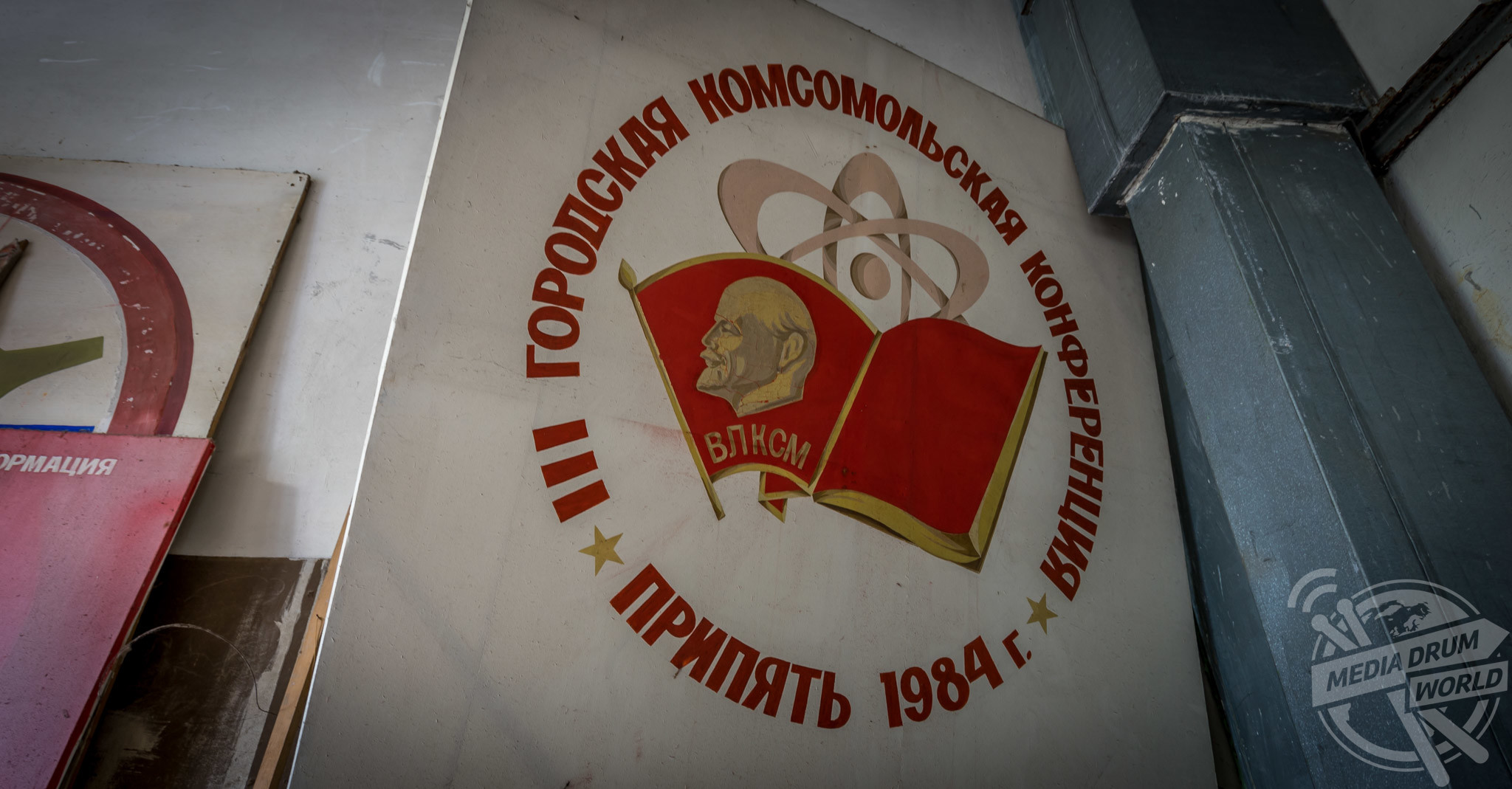
Chernobyl was the scene of the worlds’ worst nuclear disaster when the No.4 reactor overheated during a bungled safety test on the night of 25-26 April 1986.
The explosion and fire that raged for nine days sent radioactive particles into the atmosphere which spread across Europe.
An 18-mile exclusion zone was put in place to prevent more people suffering from radiation sickness.
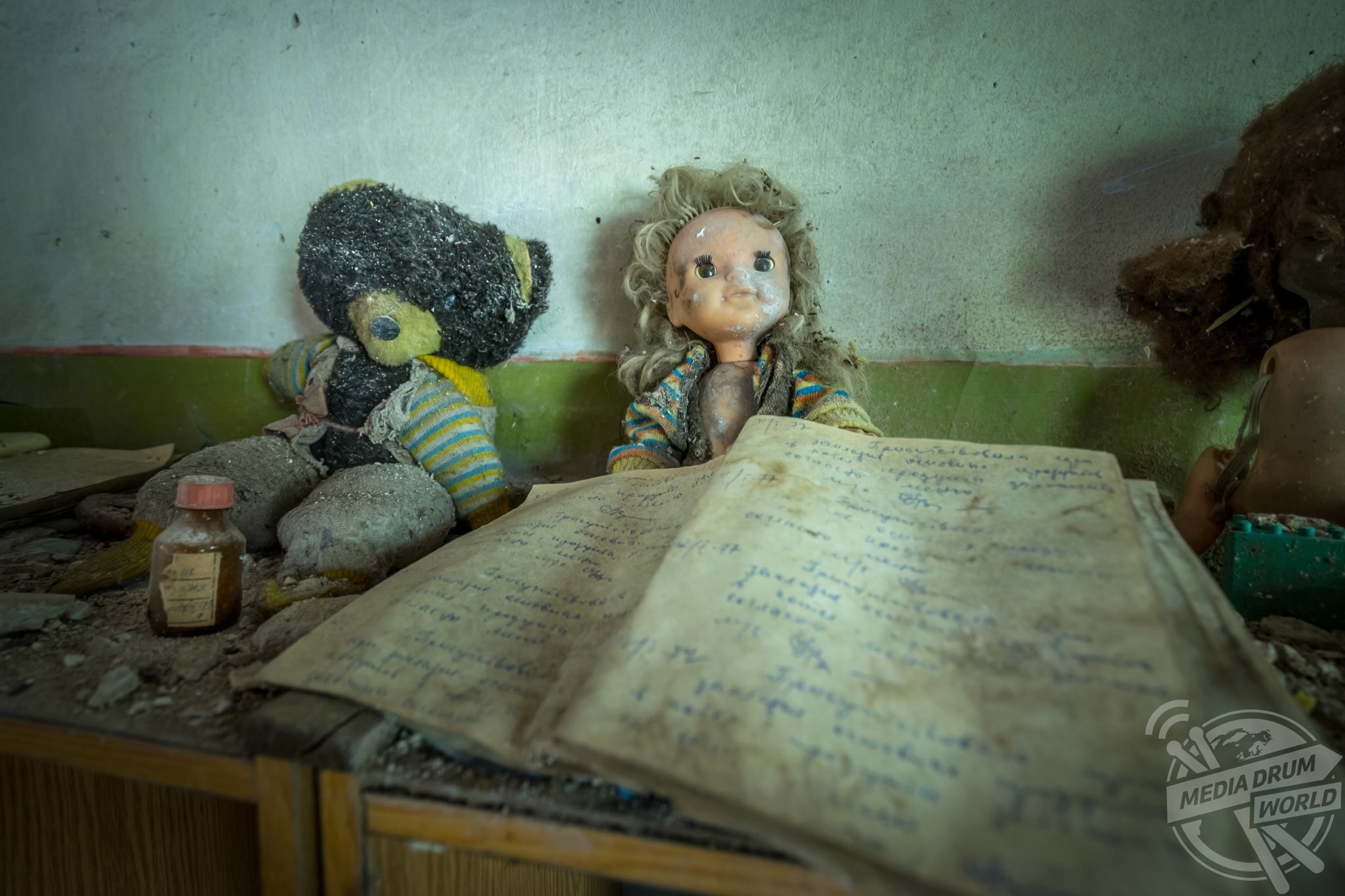
The quick evacuation, which was originally only to last for three days, never ended and so most of the household items people left behind couldn’t be recovered.
At least 31 people died – including two at the scene and dozens more who succumbed to radiation sickness in the following weeks – but the number of deaths including from cancer could eventually hit 4,000.
Urban explorer, Roel van Wanrooy, was also captivated by Pripyat’s remarkable history, once earmarked as the future blueprint for a socialist paradise.
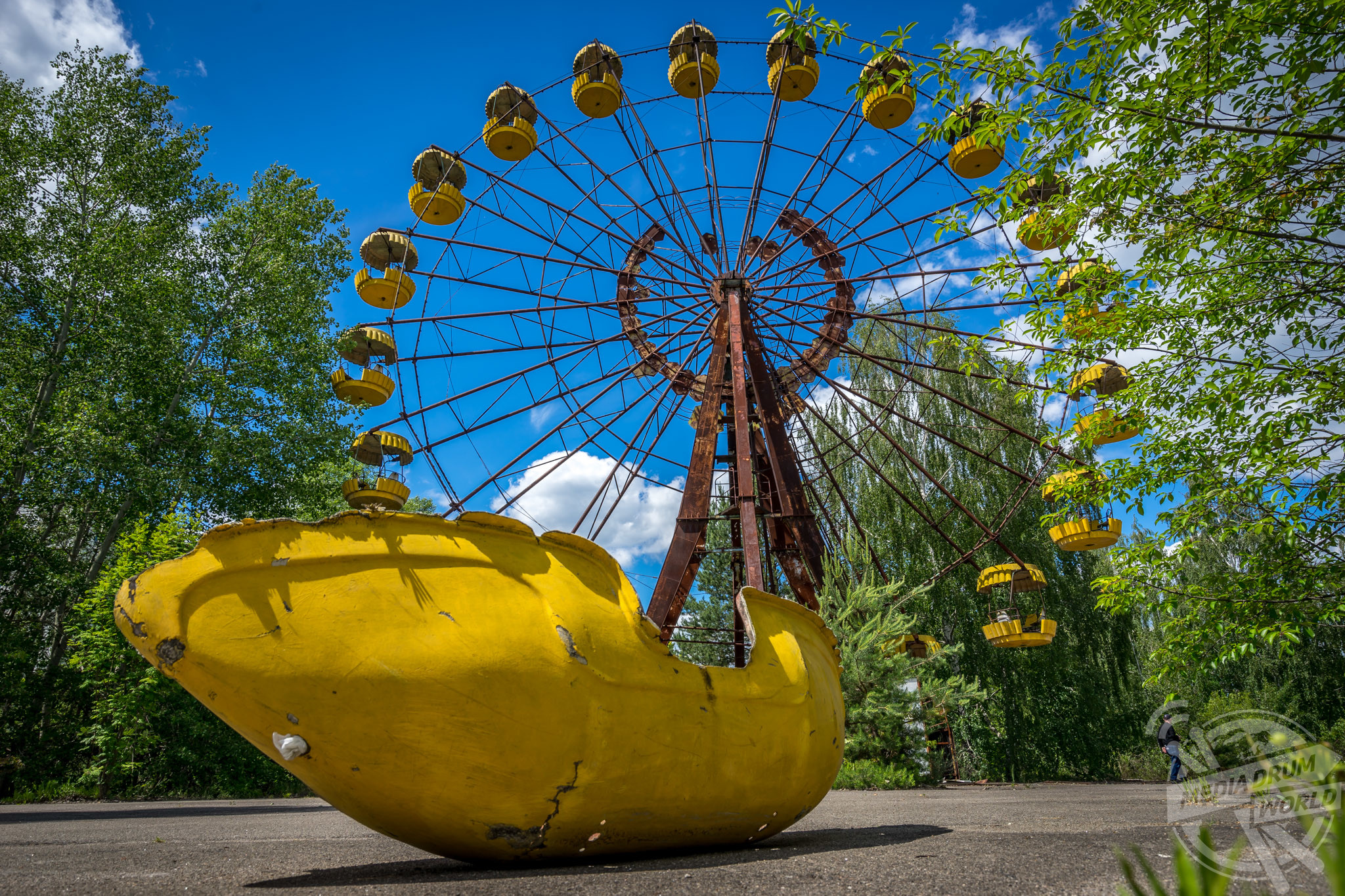
“When the Soviets built the first of the four reactors – which would eventually doom the city – Pripyat was constructed for the power plant’s workers,” added Roel.
“The city’s slogan was ‘Healthy people are good for the country’, and the town was held up as an example of what the Soviet Union was capable of. It was luxurious when it was built. There were supermarkets where fresh fruit, meat and soap were freely available. Beautiful roses bloomed all over the city.
“Then the disaster happened. The government tried to cover it up at first but when radiation was detected in both Sweden and Scotland, it became clear that something had gone terribly wrong. Within thirty-six-hours nearly one-hundred-and-forty-thousand were evacuated and told they could return home within a week.
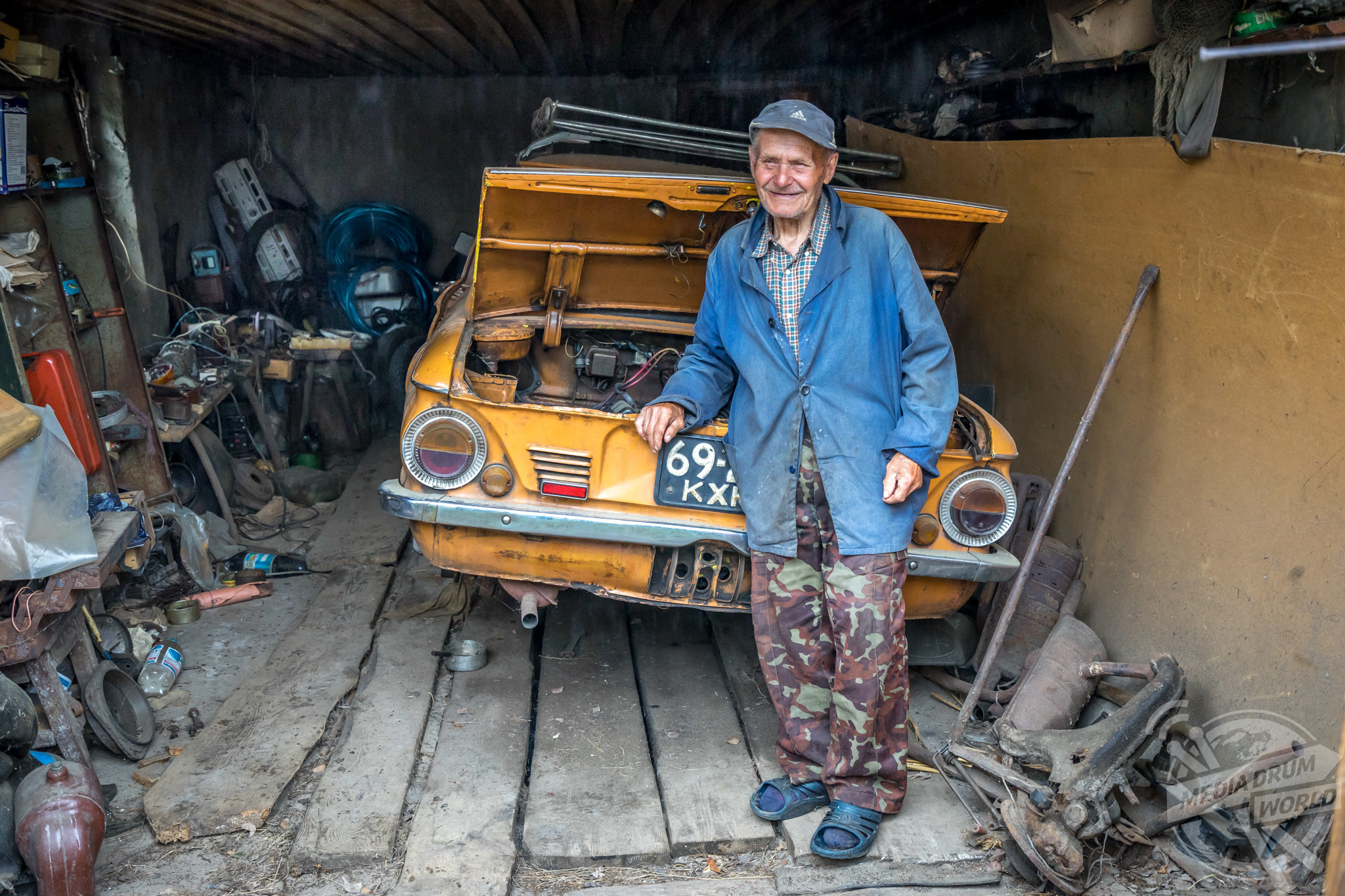
“Many of those people have still not had the chance to see their former homes, and many of the homes have been plundered by thieves.
“The hospital was probably the most interesting place to investigate because the brave men and women who dealt with the reactor were treated there. Inside the cellar were all of their clothes which were very dangerous because of their radioactivity.”
The area immediately in and around the reactor will not be safe for another 20,000 years, give or take, but there is dispute about safety levels in the town. The 100,000 people living closest to Chernobyl were taken outside the 20-mile exclusion zone imposed around the damaged reactor in the immediate aftermath. This was later expanded and over the next few months a quarter of a million people were displaced.
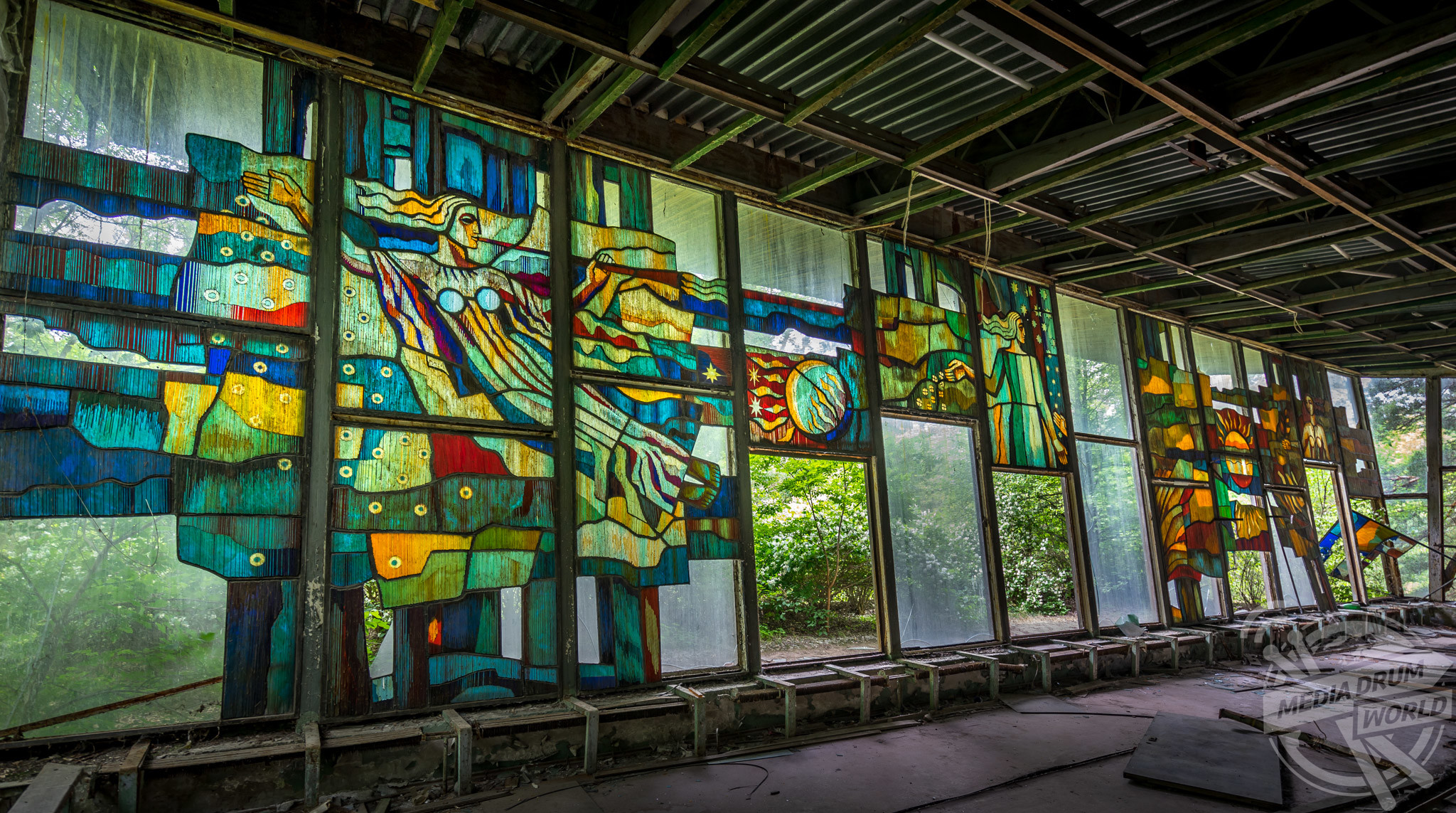
Even so, some 150 to 300 people simply locked their doors and waited for the fuss to die down – remaining in their childhood homes – whilst others, like Roel, the aged mechanic, have since returned to the neighbourhoods they grew up in.
The saga of Chernobyl continues to run to this day.
In 2016, the deadly, irradiated reactor was covered up with a shiny new protective shelter, designed to stop radiation from leaking out. It cost approximately £2billion and workers on the massive engineering project were only able to be on site for up to two hours a day, 15 times a month due to the high radiation levels.

